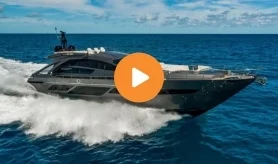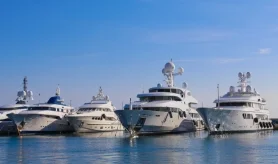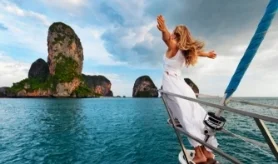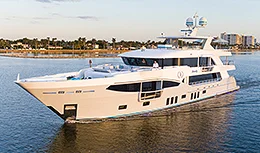- Alaskan Yachts
- Azimut Yachts
- Back Cove Yachts
- Beneteau Yachts
- Benetti Superyachts
- Bertram Yachts
- Boston Whaler
- Broward Yachts
- Buddy Davis Sportfish
- Burger Yachts
- Cabo Yachts
- Catamarans
- Carver Motoryachts
- Center Console
- Chris-Craft Yachts
- Cruisers Yachts
- DeFever Trawlers
- Dufour Sailboats
- Fairline Yachts
- Feadship Yachts
- Ferretti Yachts
- Formula Yachts
- Fountaine Pajot Cats
- Grady-White
- Grand Banks Trawlers
- Hargrave Yachts
- Hatteras Yachts
- Hinckley Picnic Boats
- Horizon Yachts
- Hydra-Sports
- Intrepid Boats
- Jarrett Bay Sportfish
- Jeanneau Yachts
- Kadey-Krogen Trawlers
- Lazzara Yachts
- Lekker Boats
- Luhrs Sportfish
- Marlow Yachts
- Maritimo Yachts
- Marquis Yachts
- Mazu Yachts
- McKinna Motoryachts
- Meridian Yachts
- Midnight Express
- MJM Yachts
- Mochi Craft
- Neptunus Motoryachts
- Nordhavn Trawlers
- Nordic Tugs
- Numarine Yachts
- Ocean Alexander Yachts
- Ocean King
- Offshore Yachts
- Outer Reef
- Oyster Sailing Yachts
- Pacific Mariner Yachts
- Palmer Johnson Yachts
Nature Squared: The Ultimate Sustainable Luxury
Today, it seems as if everyone is using the word sustainable in their marketing verbiage—so much so that it is becoming almost meaningless.
This article was written by Jill Bobrow. Photography courtesy of Nature Squared.
Frankly, the idea of a sustainable superyacht is downright laughable. However, thankfully there are builders, designers, yacht owners, and others who truly do wish to offset their carbon footprint as much as possible. I am on a small mission for one yacht owner who is building a rather large superyacht to investigate “so-called sustainable practices” and to try and decipher what is real and what is greenwashing. It’s kind of like the task of Sisyphus. (Look it up in your Greek mythology book!)
Last summer I had the good fortune to visit one company in particular that is actually taking the “green thing” to heart. Nature Squared, founded in 2000 by Switzerland-based Paul Hoeve and London-based Lay Koon Tan, creates luxury surfaces for superyachts and other high-end clientele such as private members’ clubs, five-star hospitality projects, villas, penthouses, fashion designers, and more. In a nutshell, Nature Squared repurposes organic materials and by- products, then designs and creates beautiful surfaces with them. Think wall coverings, tabletops, bar fronts, ficus tree planters, design displays such as the signature Christian Dior Mother of Pearl rose, the dashboard of a bespoke Rolls-Royce—yes, really there is one that is made from pheasant feathers—and such.

Hoeve and Tan had worked together in the mainstream corporate world many years ago and determined that they would “retire” into a business that just might make the world a better place. They started Nature Squared with the express purpose of creating meaningful, sustainable employment in developing countries. They investigated bases of operation in South America and Vietnam, before settling on the Philippines as the best place to set up shop.
“To us, sustainability means both environmental and social responsibility, as the two are inextricably linked,” says Lay Koon Tan, partner in Nature Squared. Nature Squared combines traditional craftsmanship with cutting-edge technology to capture the beautiful essence of materials that are not endangered, protected, or threatened. They source materials predominantly from industries such as farming and fishing, transforming what would normally be considered waste. Some materials come from the Philippines, but not all of them. Nature Squared combs the world looking for raw material.

Beyond upcycling discarded matter such as mussel shells, mango seeds, eggshells, bark, grasses, and feathers, Nature Squared has supported local communities while creating training and jobs in the Philippines and beyond. The company has evolved into a multinational team of 250 people including artisans, creatives, material scientists, engineers, and chemists. The creative and technical development is supported by Swiss-driven R&D, employing creatives in Barcelona, London, Hong Kong, and Cebu.
Visiting Cebu last summer, we spent time in the lush rainforest hills visiting organic coconut and mango plantations where some of the raw materials come from. How organic you might ask? Well, for instance, the owners of the hillside mango farm showed us how they cope with growing mangoes without spraying the fruit with chemicals. As each mango ripens, they are enclosed individually with newspaper stapled over each piece of fruit to fend off bugs.
In exploring Nature Square’s manufacturing and fabrication facilities on the island of Cebu, I was astonished to witness such painstaking fine detailing and handwork. I watched workers roast cracked eggshells, gleaned from a commercial bakery, in an open fire, then quickly retrieve them so that eggshells of different sepia hues could be repurposed into some decorative surface—all by hand—like one giant puzzle. Nature Squared’s capability for projects of scale is also surprising. They can work on something as small as coasters to large backdrops for design displays.
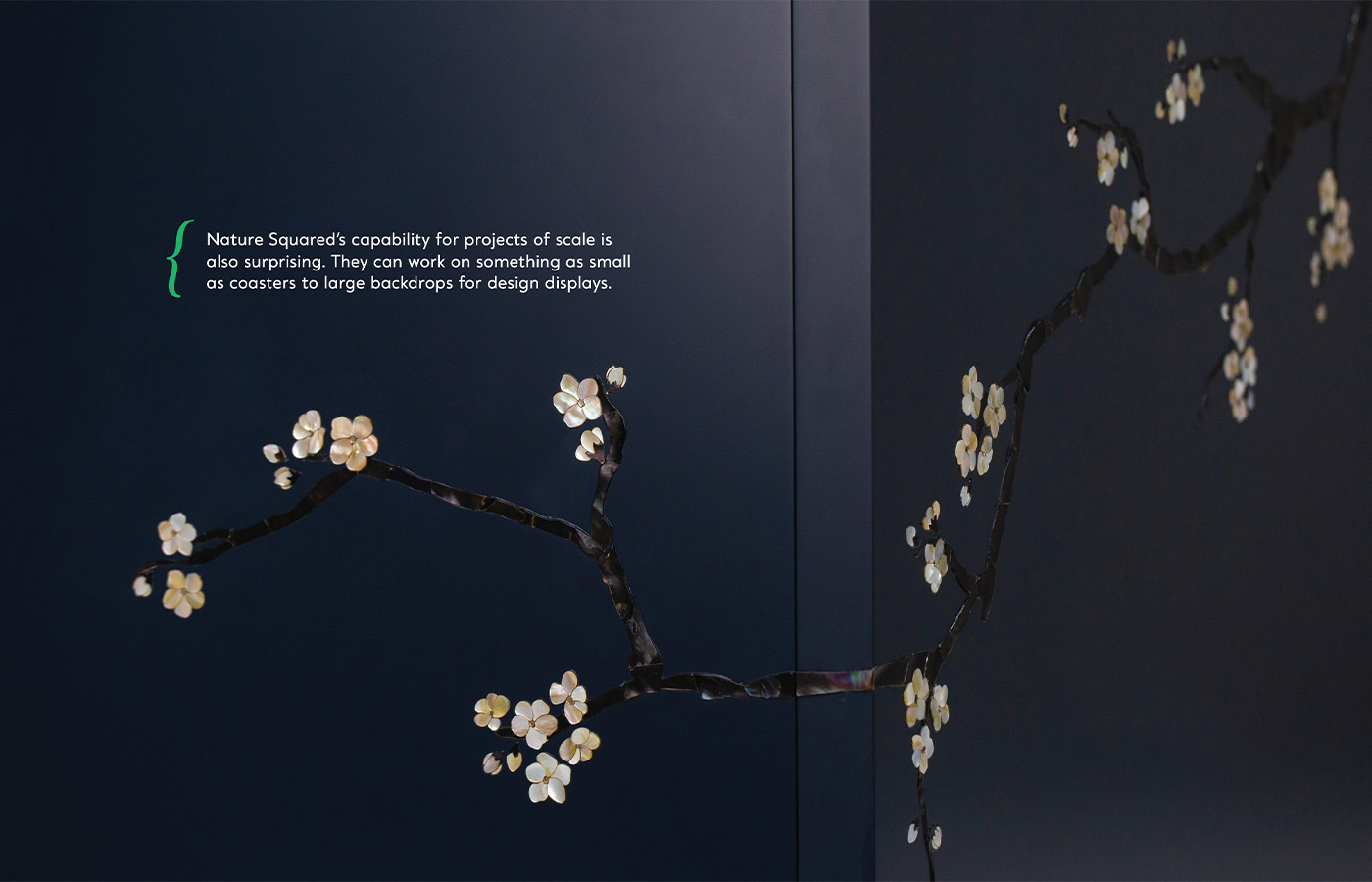
Nature Squared frowns on the point of view that developing countries are a source of cheap labor and low quality. They have invested in heritage skills as well as reestablished waning skills, such as hand loom weaving to enhance what they can offer clients. Their chief source of raw material is farmed or derived from waste materials that can be harvested in a way that will support local economies.
Is it still possible to make the world a better place? Yes, maybe just one mango seed or rice husk at a time.

Request a Copy
